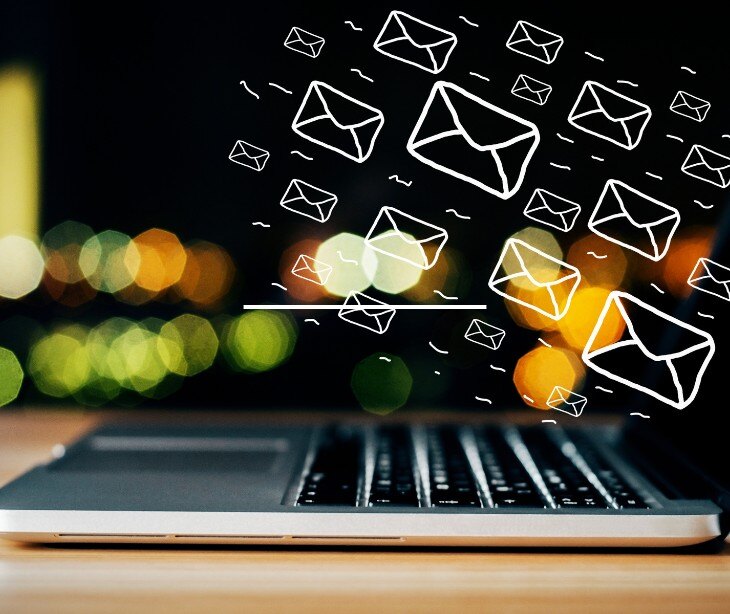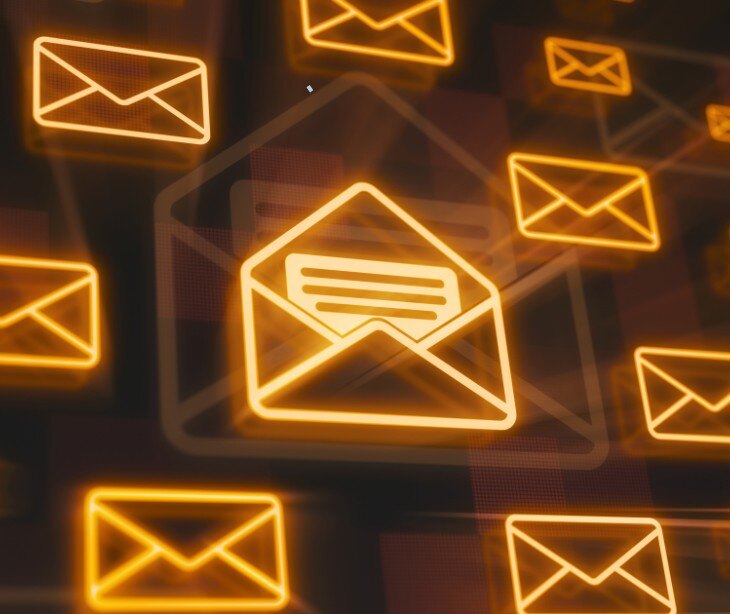
Proper email etiquette can help ensure HIPAA compliance by safeguarding protected health information (PHI). Proper practices, such as using encrypted email services, verifying recipient identities, and avoiding sensitive information in subject lines, can help maintain the confidentiality and security of PHI.
How email etiquette affects HIPAA compliance
Strong email etiquette helps ensure that PHI is handled securely and confidentially, reducing the risk of unauthorized access or breaches. Practices such as using encrypted emails, verifying recipients, avoiding sensitive details in subject lines, implementing access controls, and adhering to retention policies contribute to maintaining HIPAA compliance. By promoting these habits, organizations can protect patient information and uphold regulatory standards.
Email etiquette and HIPAA
Email etiquette can impact HIPAA compliance in multiple ways, including:
- Confidentiality: Emails containing PHI must be sent securely using encrypted email services or secure messaging platforms. Email etiquette includes ensuring data is not accidentally shared with unauthorized recipients.
- Recipient verification: Before sending an email containing PHI, verify that the recipient is authorized to receive the information. Double-check that you are communicating with the correct person or entity.
- Subject lines: Avoid including sensitive information in email subject lines to prevent unauthorized individuals from accessing or reading sensitive details before the email is opened.
- Access controls: Ensure that only authorized personnel have access to email accounts that handle PHI. Use strong passwords and implement multi-factor authentication (MFA) when possible.
- Email retention: Follow organizational policies regarding the retention and deletion of emails with PHI. Emails should be stored securely and deleted when no longer needed to comply with HIPAA’s data retention requirements.
- Training: Regularly train employees on HIPAA compliance and proper email etiquette, including how to keep PHI secure and maintain confidentiality.
- Email signatures: Use email signatures that include disclaimers about confidentiality and the intended recipient to reinforce the importance of protecting PHI.
See also: HIPAA Compliant Email: The Definitive Guide
Emailing tips
Confidentiality
- Ensure that emails containing PHI are only sent to authorized individuals.
- Use encrypted email services to protect the email from unauthorized access.
Content
- Include only the minimum necessary information in emails.
- Avoid including PHI in subject lines as they are often visible even if the email body is encrypted.
Security measures
- Use secure email platforms like Paubox Email Suite that comply with HIPAA regulations.
- Implement and follow policies for secure email communication, including the use of strong passwords and two-factor authentication.
See also: Top 12 HIPAA compliant email services
Disclosures and permissions
- Ensure that any disclosure of PHI via email has the necessary permissions and consent from the patient.
- Include disclaimers that inform recipients of the confidential nature of the email and instructions if they receive it in error.
Training
- Regularly train staff on HIPAA compliant email practices and the importance of protecting patient information.
- Conduct periodic audits to ensure compliance with email policies and address any gaps promptly.
Incident response
- According to Surfshark, out of every 100 individuals, 88 distinct email addresses have been breached. A clear protocol for responding to email breaches, including steps for reporting and mitigating the impact of unauthorized disclosures, is a necessity.
- Ensure timely notification of affected individuals and authorities in case of a breach.
Go deeper: The 6 steps of incidence response
FAQs
Can PHI be sent via email?
Yes, PHI can be emailed, but it must be done using secure methods.
What should be included in an email disclaimer for HIPAA compliance?
A HIPAA compliant email disclaimer should inform recipients that the email may contain confidential information, provide instructions on what to do if they receive the email in error, and outline any actions required to maintain confidentiality.
What should an employee training book for HIPAA include?
- HIPAA basics: Overview of HIPAA regulations and the importance of protecting PHI.
- Email security: How to use encrypted email services and recognize phishing attempts.
- Policies and procedures: Provide specific policies for email communication, r email communication, including handling PHI, verifying recipients, and reporting breaches.
- Best practices: Tips for secure email communication, like using strong passwords and avoiding unsecured networks.
Subscribe to Paubox Weekly
Every Friday we'll bring you the most important news from Paubox. Our aim is to make you smarter, faster.




